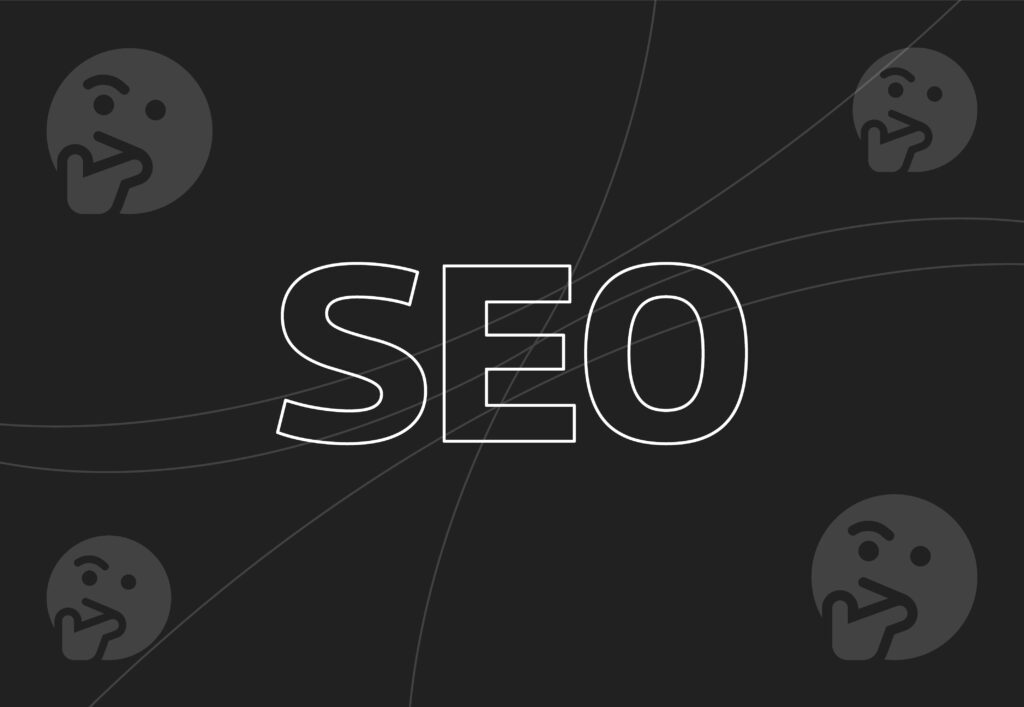
Why is target audience important?

When your business relies on persuasion, you need to make sure every inch of your website is tailored to your target audience.
Of course: that’s easier said than done. In the hyper-competitive world of content marketing, making sure your content stands out and actively converts is a tricky one – which is why our experts are on hand to help.
If you know your audience well and can tap into the various nuances that make up their messaging, attracting clients comes much easier. However, having no clear target audience and a weak strategy can actually tank your brand. After all, if you don’t know what your business sounds like, how will your audience know either?
To clarify your messaging, this guide will help you understand what a target audience is – and how you can go about identifying yours.
What is a target audience?

They say that you should always write like you’re speaking directly to someone – and there’s nothing worse than feeling like you’re talking to a brick wall.
Ciara Johnson, Content Writer at Embryo, explains:
‘Essentially, your target audience is the specific demographic you want to address with your content.
‘You should always write as though speaking to one individual to make your content feel more personal and ensure it resonates harder. By defining your target audience, you’ll be able to tailor your tone and messaging to them specifically.
‘This method allows you to incorporate more personable – and recognisable – linguistic touches, designed specially for your customer base. This is your target audience, from which you can develop something called the ‘target audience persona.’
More on that, next.
Demystifying the ‘target audience persona’
So, if your target audience is a wide swathe of people, think of the audience persona as an imaginary person who represents them.
Basically, the persona encapsulates everything about your dream customer, including what they think about your product and why they want to buy it. Your persona will ideally have as much granular detail as possible, so you can properly plan and action a strategy around them.
After all, any content you create will be tailored to this persona, so it must resonate and pull them in wherever possible.
Deeper insights
- 6 Ways to Target the Right Audiences with Google Ads
- What Makes our content marketing stand out
- Customer Success Metrics That Matter
Target audience examples
So, if you’re looking to segment your target audience, there are a number of ways to define who you’re basing a content marketing strategy on. To help you slim things down, we can use the following categories.
Demographics are all about splitting your target market into smaller, more manageable characteristics. As such, it’s one of the most common ways to define a target audience, because nabbing the data you need is much easier.
We recommend using:
- Censuses
- Market surveys
- Analytical tools

Each demographic factor can significantly influence consumer behaviour and product preferences. For example, differentiating ages and genders can cause preferential differences – digital apps are used more by Gen Z women, while luxury cruises might appeal to an older, mixed crowd.
Economic status can also directly influence buying power, which affects what kinds of products or services your target market can afford. There’s no sense in pricing out the buyer, even if they have a large amount of buying intention at their disposal.
This means that consumers might be in the market for a new phone or television, so they are actively searching for it. We call this the Messy Middle, which we discuss in detail in the following video.
https://youtu.be/IgF_JqMSq0A?si=8B-Pve4u3Sv_-g4A
Lifestyle and location can also have a large influence, with categories including:
- Interests
- Activities
- Opinions
- Values
- Overall lifestyle
This classification is less straightforward than demographics because it deals with subjective internal characteristics that can be trickier to measure, with lifestyle often spanning how your audience sees themselves and what they aspire to.
Location is also a significant factor, tying in things like environmental consciousness, preferences, travelling distance and even politics – which have to be taken into account.
For example, Primark is set to take on the US market across 60 cities but has had to tailor their marketing efforts for a completely unfamiliar American audience. That includes a new emphasis on value and style, with a more upmarket approach.
How can you tailor your content to target audiences?
A lot of content strategy is trial and error. Even if you create a piece of content you’re sure will resonate with your target audience, there’s never a guarantee – so make sure you use all the metrics you have at your disposal to get an accurate view of what works and what doesn’t.
Of course, Google also uses its algorithms to figure out what content to ‘serve’ to its users, so the longer you can get your target audience to browse and interact with your website, the better.
Our SEO experts say:
‘Google uses “dwell time” (the measure of how long a user is interacting with a page) as a ranking factor. Google assumes that if a user is engaging more with a particular piece of content, that it’s relevant for them and their unique buying journey, so will give it more visibility in the search results.
Therefore, by analysing the position 1-10 SERP for any search term, you can ascertain what’s relevant to the target audience of that search term. Google’s aim for a long time has been improving the relevancy of their search results to what the user searching for that term wants, and this is a key factor in doing that.’
So, now that you know what target audiences are and what they require, you can get to work crafting a brilliant content marketing strategy.
But if you’re still not sure, our in-house experts are equipped to answer any questions you may have. At Embryo, we put your audience right at the centre of our campaigns – for award-winning results.
To learn more, get in touch with us today.



